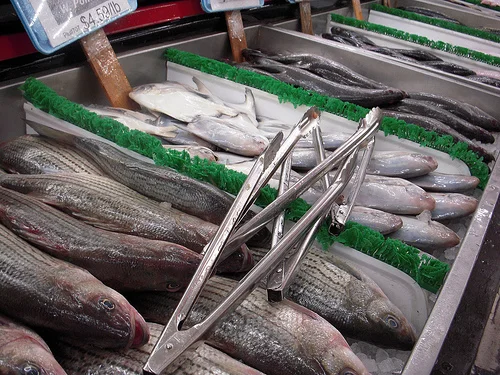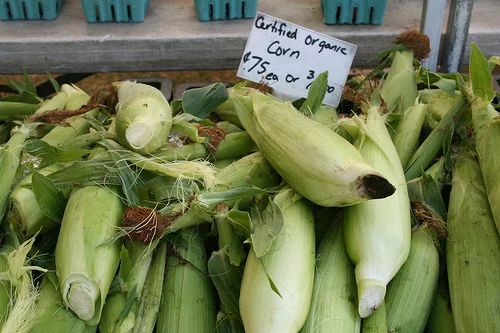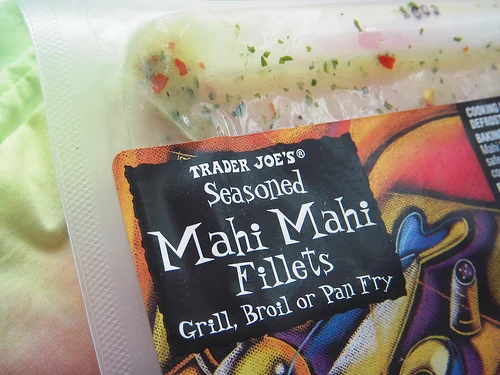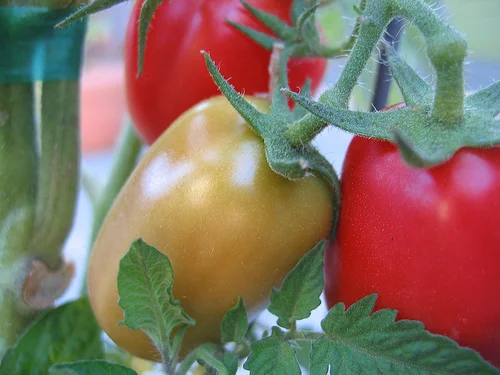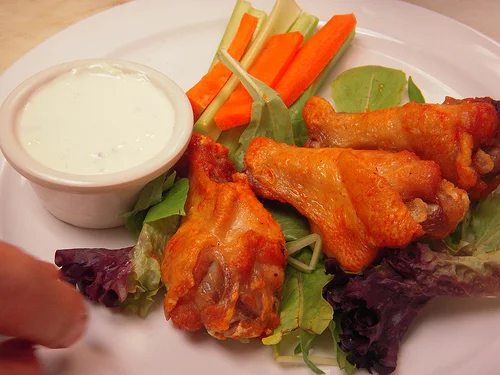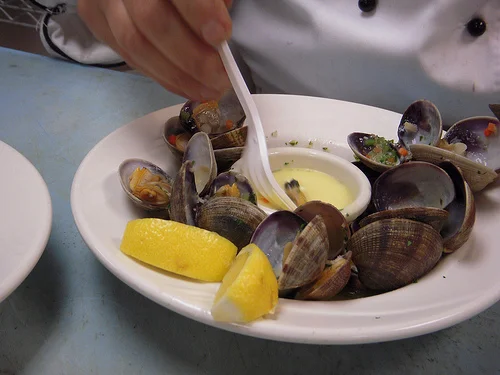Pacific Northwest Cuisine
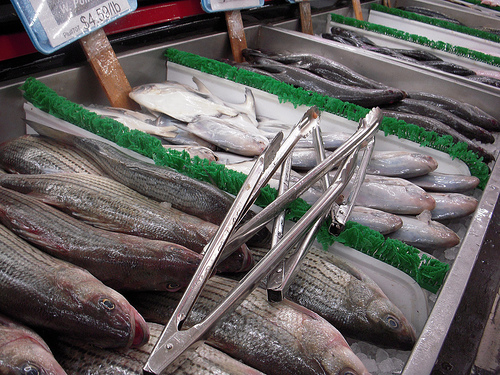 When you think Pacific Northwest cuisine (PNW), what comes to mind? Perhaps stone fruit, nuts, berries, fish, shellfish... maybe mushrooms or lettuce greens such as nettle, dandelion and sorrel. Here is a quick list of 'typical' PNW foods, as relayed by my American Regional textbook:
When you think Pacific Northwest cuisine (PNW), what comes to mind? Perhaps stone fruit, nuts, berries, fish, shellfish... maybe mushrooms or lettuce greens such as nettle, dandelion and sorrel. Here is a quick list of 'typical' PNW foods, as relayed by my American Regional textbook:
Alaskan Halibut Apples Asparagus Berries: blueberries, blackberries, cranberries, lingonberries, raspberries, salmonberries, strawberries Cherry Farmstead Cheese: cougar gold, tillamook Clams: Geoduck, Manila Clam, Razor Clam Crabs: Dungeness, King, Snow Hazelnut Mussels Nettle Oysters: Pacific, Kunamoto, Olympia, European Flat Pears: Bartlett, Red Bartlett, Comice, Anjou, Bosc, Seckel Plums Rockfish Salmon: Chum, King, Pink, Silver, Sockeye Sturgeon Walla Walla Onions Wild Mushrooms: chanterelle, chicken of the woods, matsutaki, meadow, morel, oyster , puffball, porcini, truffles
My brother wondered out loud: what is Pacific Northwest cuisine? He had called a restaurant to make reservations, where they touted their Pacific Northwest cuisine. He asked what it was, and the line fell silent. People use the phrase, boast of greatness of this cuisine, but often have only a vague notion of what defines Pacific Northwest Cuisine. Brother, this is for you (and all of those restaurant employees who should have a well-versed answer!):
Moist weather and volcanic soil in Oregon and Washington help create amazingly fertile soil. This soil boasts grapes for wines, the watermelon capital of the world, famous Walla Walla sweet onions, countless mushrooms, stone fruits, a plethora of berries and apples and pears. The Pacific coastline offers scads of fish and seafood. This region is a pioneer not only in spirit but in practice, setting a high bar for sustainable farming, lending voice and monetary support for local farming.
Alaska is included in this regional cuisine, and offers vegetables from their floodplains, as well as vast amounts of fish and seafood from its waters. Alaska is home to nearly all the wild salmon brought to market. (Note: Canada's British Columbia and Idaho can also be included in the PNW cuisine, but are not covered in my text).
...And that is just the tip of the iceberg. That just scrapes the surface of what foods are indigenous to the Pacific Northwest. The diversity of the land contributes exponentially; the mountains carving out fertile valleys, the ocean providing piles of seafood, the forests harboring mushrooms and heat to grow grapes and orchards. Here are a few highlights:
- Alaska's Matanuska Valley: produces the largest fruits and vegetables due to 3 months of 24 hour sun.
- Palouse (Eastern Washington, Idaho border): best in the world for growing lentils, peas, chickpeas.
- Yakima Valley (Central/Eastern Washington): fruit bowl of the nation. From apple orchards to vineyards. One of the PNW's finest wine appellations.
- Hood River Valley (Oregon's Columbia River Gorge): pears, peaches, plums, cherries, apricots, apples.
- The Willamette Valley (between Cascade Mountains & Coastal Ranges, South Oregon; Willamette River): berries, dairy, vegetables, hops, hazelnuts, one of the PNW's finest wine appellations producing famous Pinots, Reislings.
- The Coastal Ranges: precipitation, forests and truffles. Corvallis, OR is the headquarters for the North American Truffling Society. In this region under Douglis Fir trees, white and black truffles are found.
- The Pacific Coastline: Many rivers flow into the Pacific Ocean, the fish and shellfish are abundant. Pacific Oysters (Willapa Bay), Penn Cove Mussels (Whidbey Island), Dungeness Crab (Olympic Penninsula). Shrimp, scallops, geoducks, clams and crabs, as are 5 varieties of wild salmon, river smelt, white sturgeon, Pacific cod, ling cod, black cod, halibut, sole...
The Pike Place Market has made a name for itself; downtown Seattle, sitting at the water's edge, this market was founded in 1907. The first Starbucks opened in Pike Place Market in 1971---an icon that displays Seattle's passion for coffee.
Upon reviewing what is indigenous to this area---and noting the attitude and culinary culture of the Pacific Northwest---I now realize for me, it feels like 'normal fare.' It is what I grew up with. It reminds me: my dad took us fishing on the ocean and we caught salmon and cod, we fished for trout in lakes and ate it sauteed, for breakfast. I can still taste it.
My dad hunted and brought home elk and venison. I worked on berry farms (picking strawberries and raspberries) and in canneries, along with countless teenagers in the area. For awhile my dad owned a small blueberry farm; and he, like many others, made basement wine with local grapes. We owned crab traps and picked crab meat as a family; salmon was a regular item on our menu. My mom made 'special sauce' for salmon---the same sauce HER mother made for salmon.
We canned strawberry jam from northwest strawberries and picked apples to make our own applesauce every year. I grew up eating venison ribs and meatballs. My father grew up on a dairy farm. HIS father helped lay original log roads in northern Washington. They were the Dutch farmers that helped settle northern Washington, who lived off the land, hunted and fished, canned goods for winter and shared their culinary traditions with their offspring. Which includes me: a humble little blogger sitting at a desk in Seattle... asking her husband to grab halibut from the freezer... sharing homemade jam with friends and making batches of applesauce yearly, with grandma.

